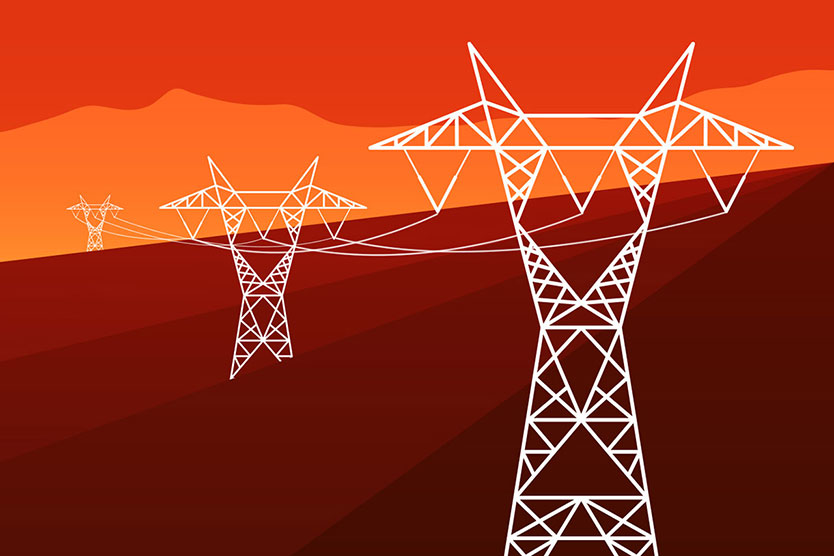
The longest high voltage superconductor cable in the world will soon run underneath Munich.
© BMWi
Funding has been greenlit for what will be the longest high voltage superconductor cable in the world to run underneath Munich. The 12 kilometre-long “high temperature superconductor” (HTS), which forms a central plank of Stadtwerke München’s (SWM) forward-looking sustainability strategy, is designed to be extremely compact and have a minimal effect on the environment – for example, it doesn’t emit harmful magnetic fields or heat up the ground, and the civil engineering requirements will be substantially scaled down.
HTS technology was first developed over 30 years ago by two German physicists Prof. Karl-Alexander Müller and Dr Georg Bednorz, who were awarded the Nobel Prize for their discovery of a breakthrough ceramic material which enabled superconductivity at higher temperatures than previously thought possible.
Prof. Robert Bach from the University of Applied Sciences South Westfalia (SWF), who initiated the project together with SWM, explains in a press release: “The cable construction… can also serve as a kind of blueprint for other metropolises. In the future, we will have to solve more often the problem of bringing more electrical energy into cities in an environmentally neutral way when there is limited space ‘under the pavement’”.
The proposal – which was put forward by the infrastructure subsidiary of Munich’s utilities company (SWMI), in collaboration with Linde industrial gases group, superconductor manufacturer THEVA, cable manufacturer NKT, and the Karlsruhe Institute of Technology together with SWF – has been successful, winning funding from the Federal Ministry of Economic Affairs and Energy.
The consortium intends to develop the components over the next two years and test them for six months under real operating conditions at the Munich Menzing substation in SWMI’s network.


